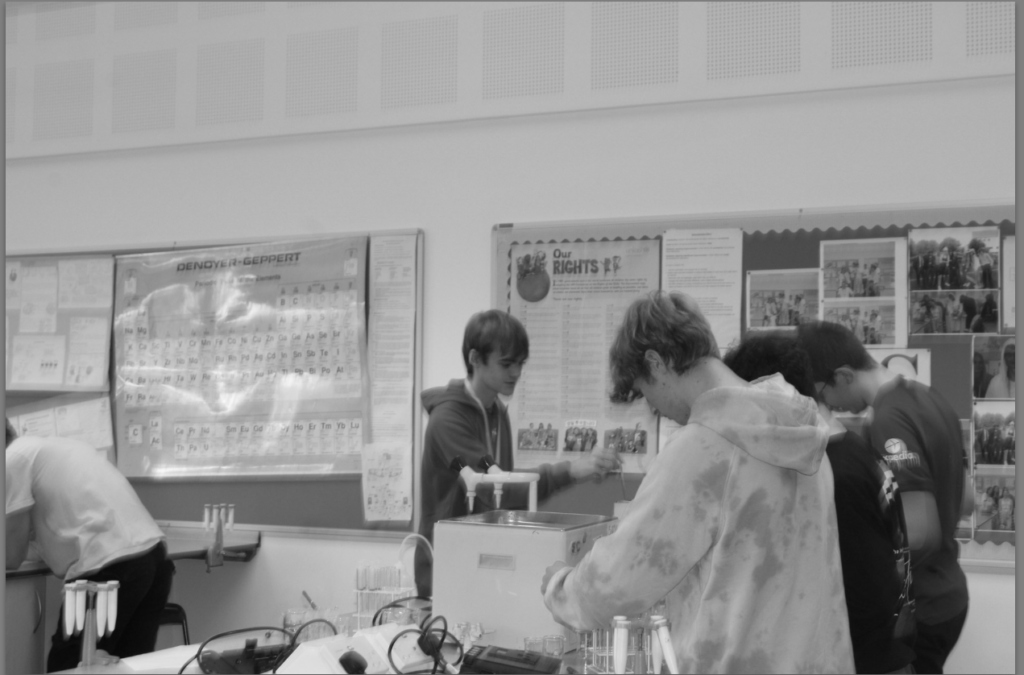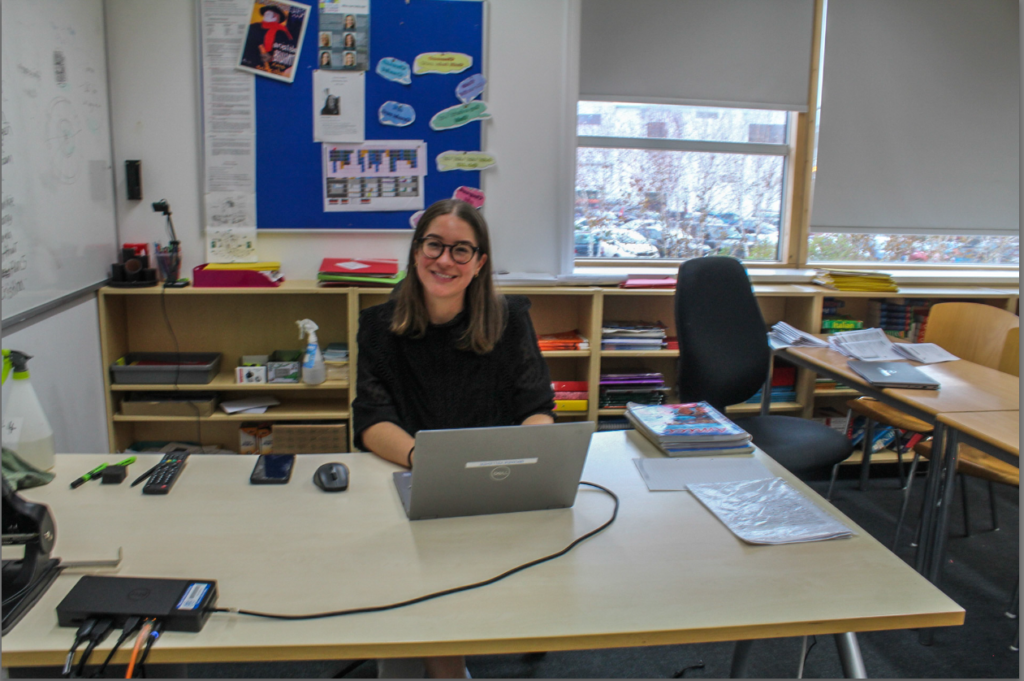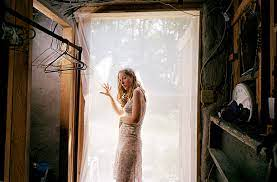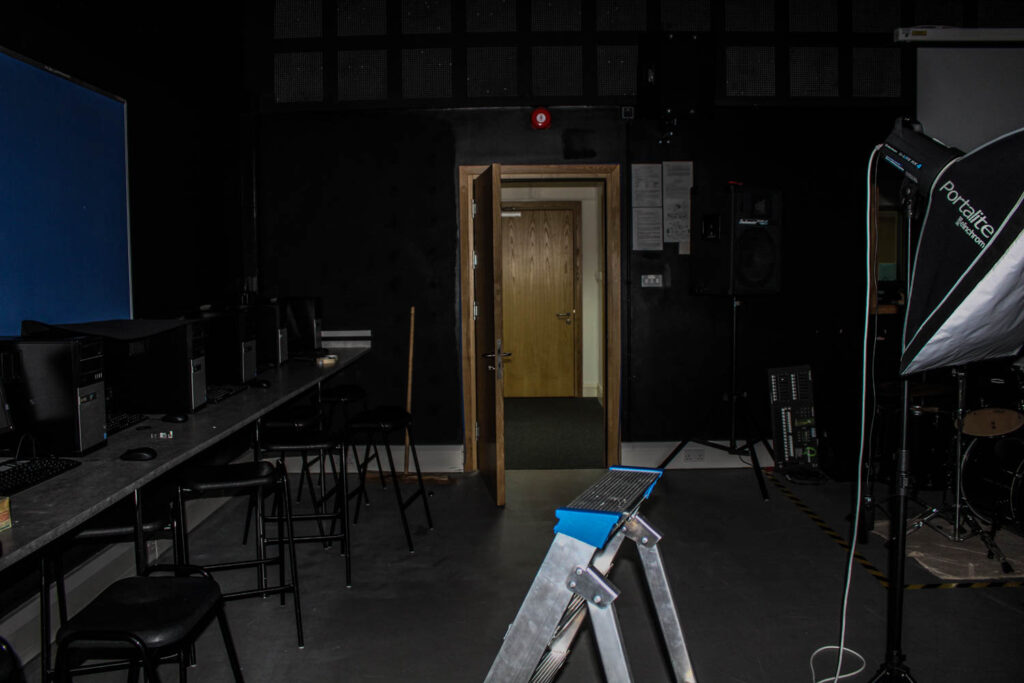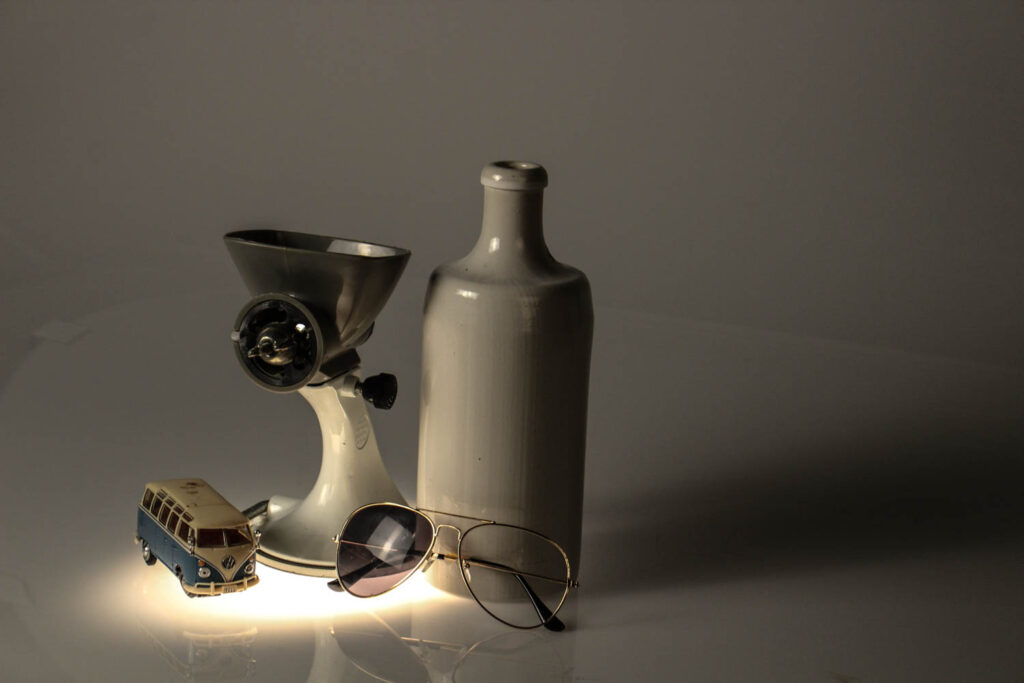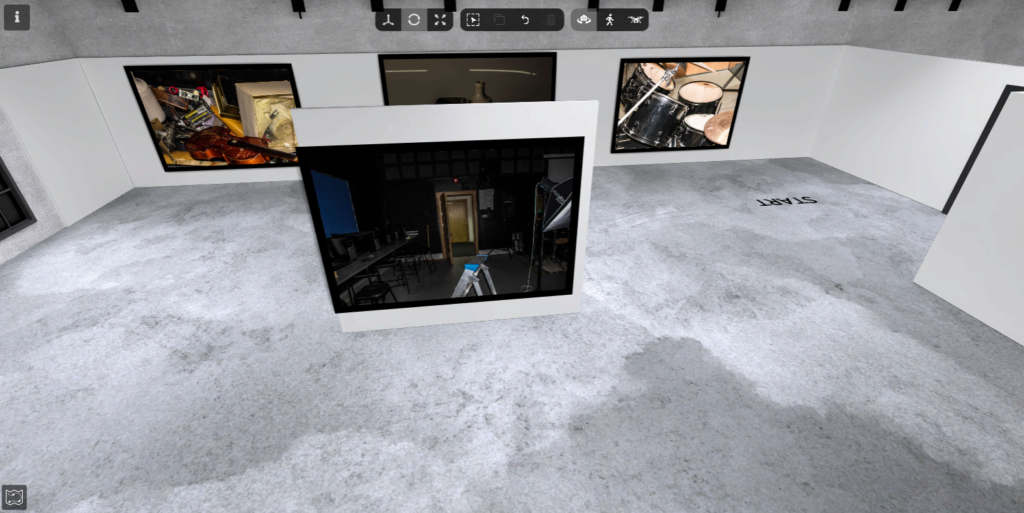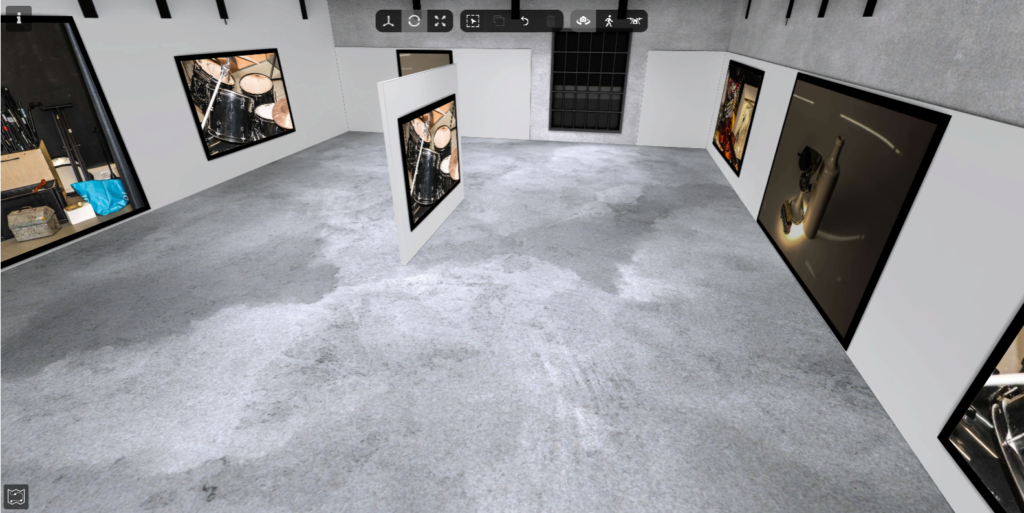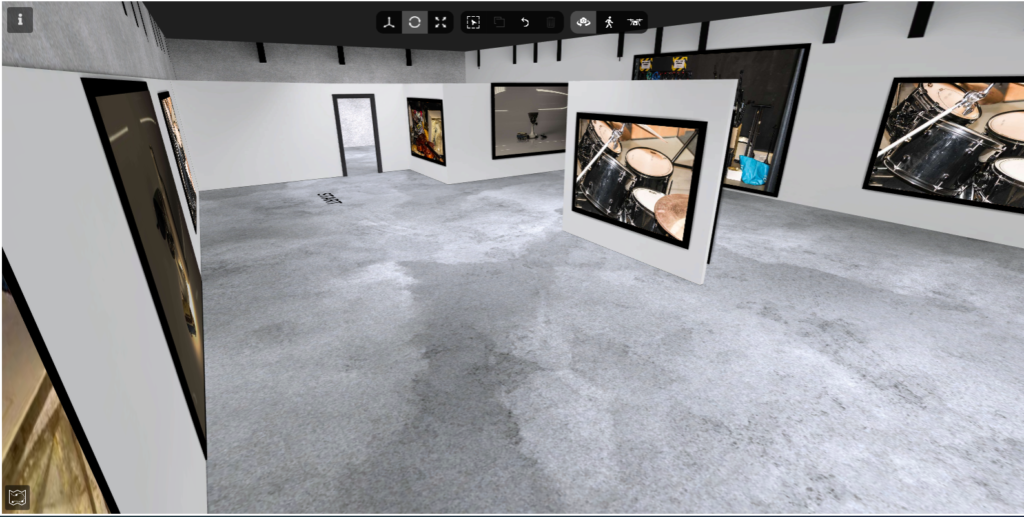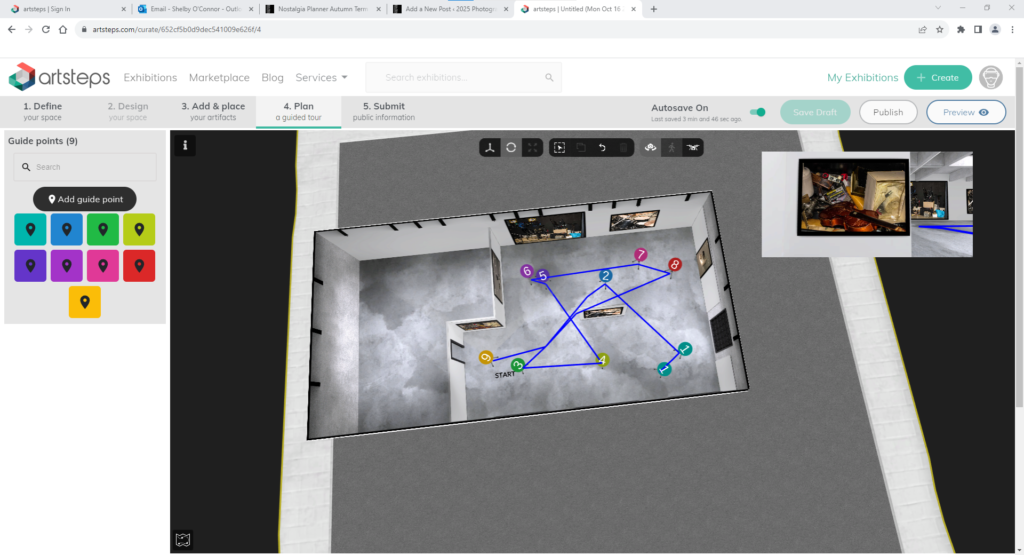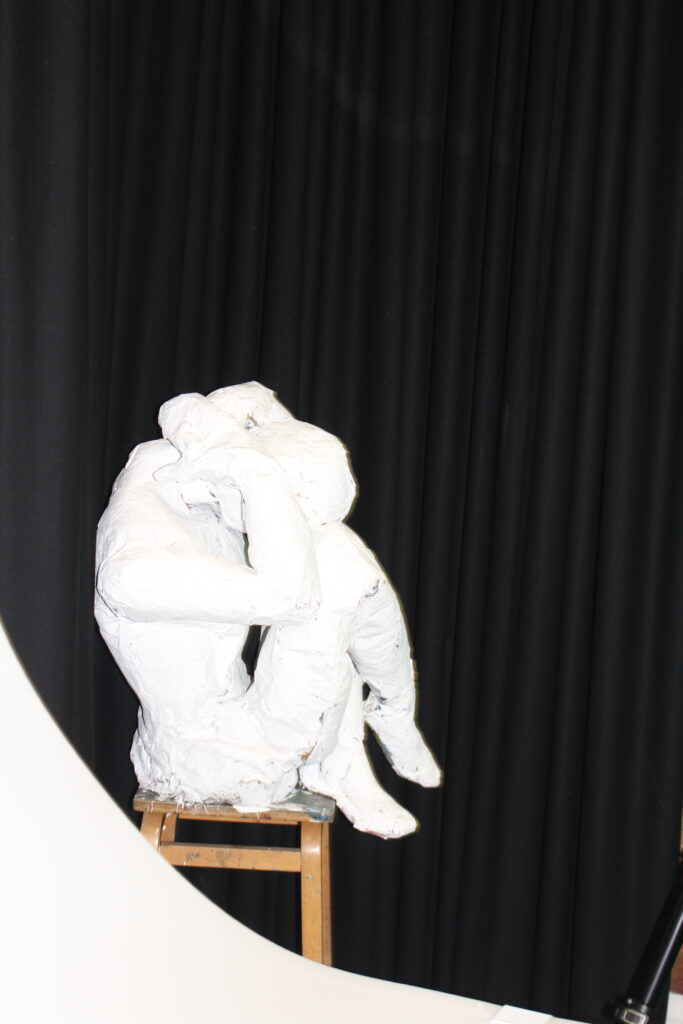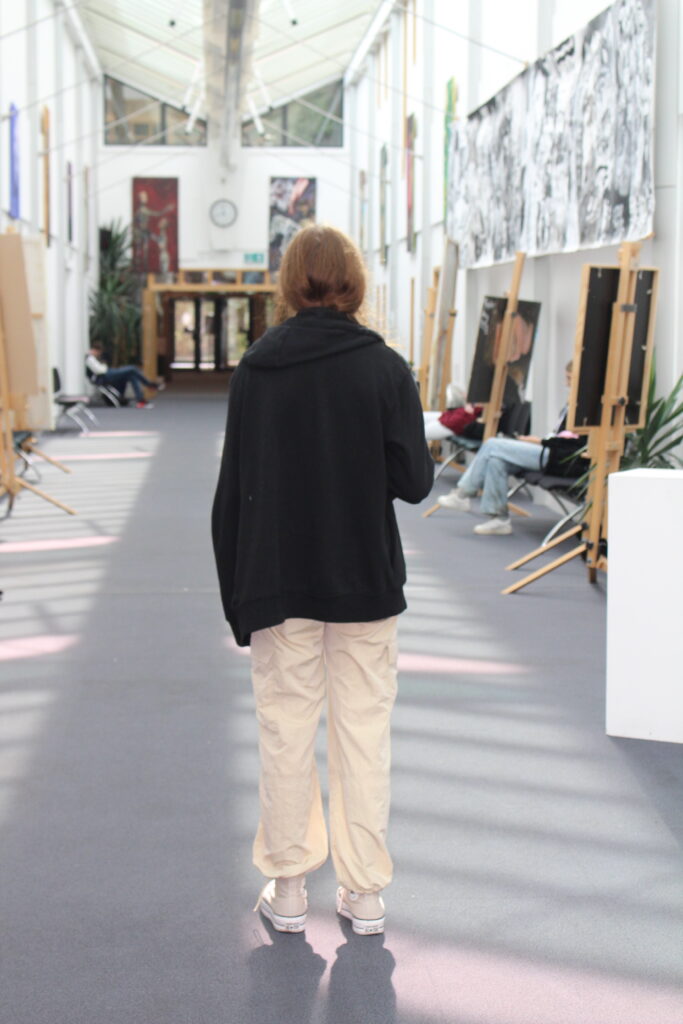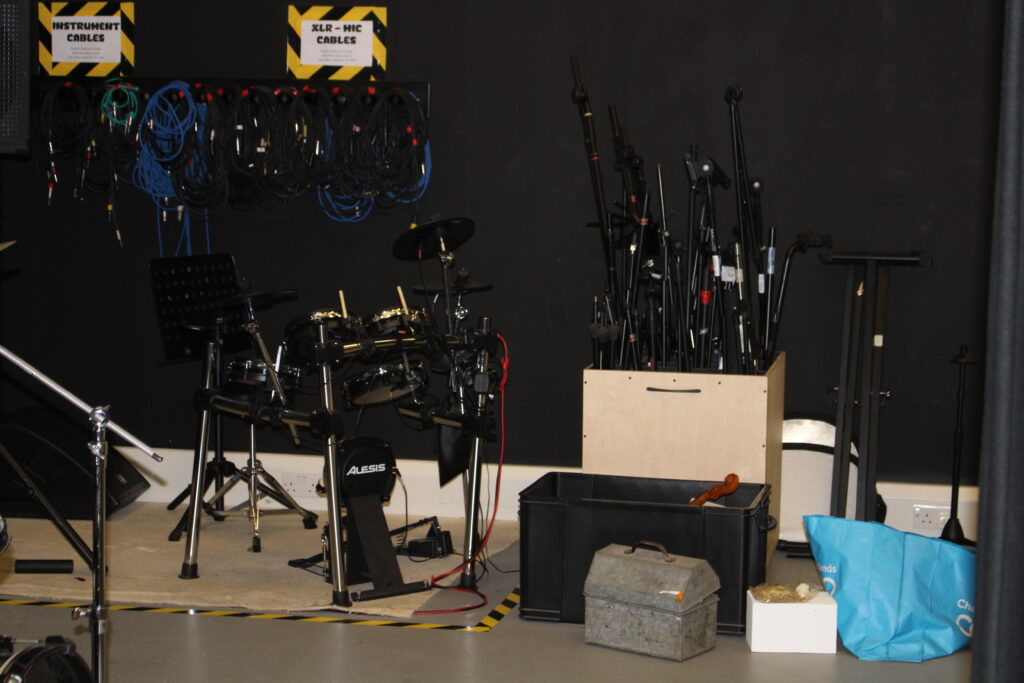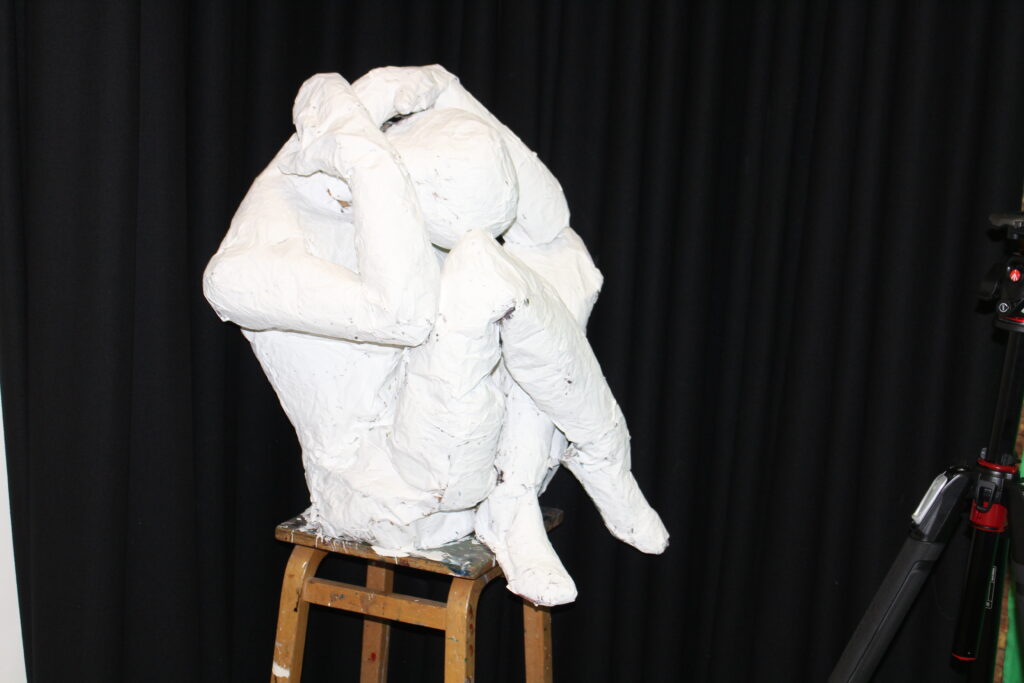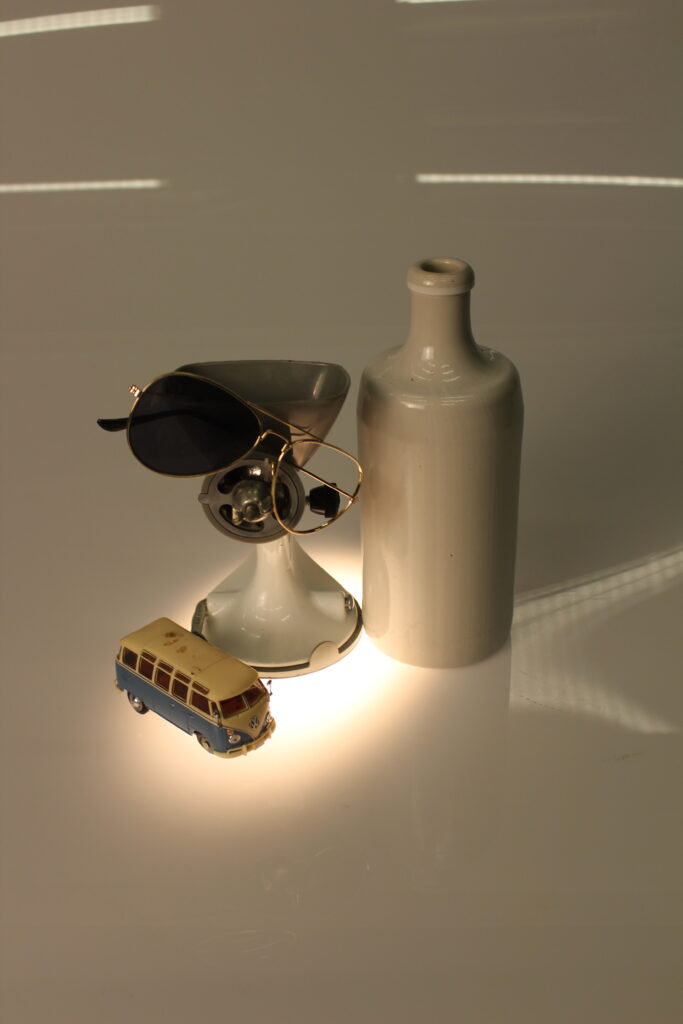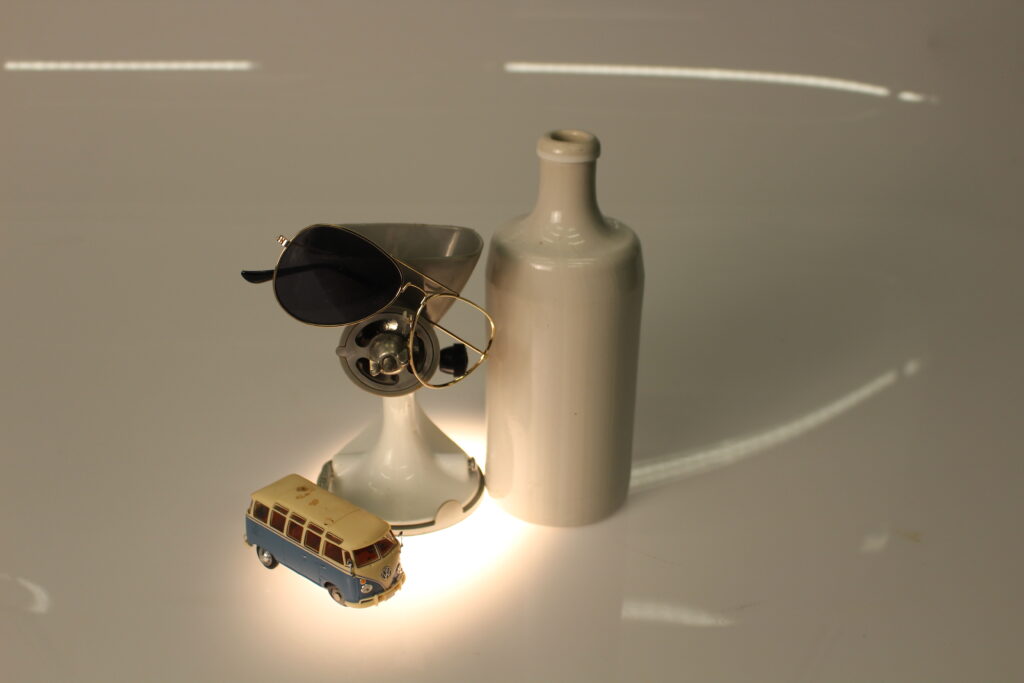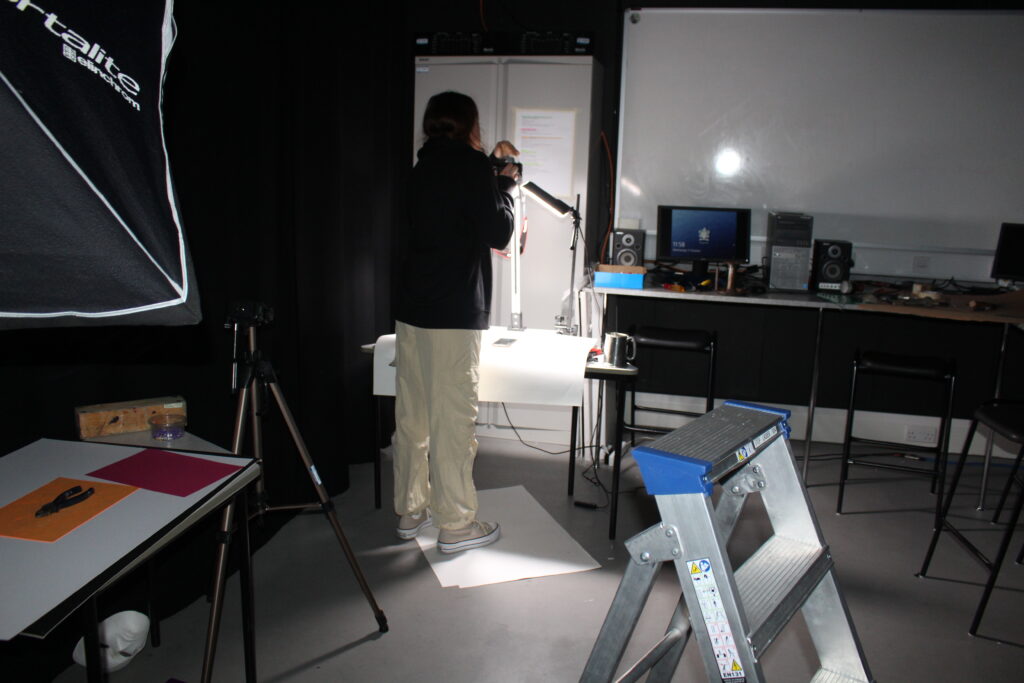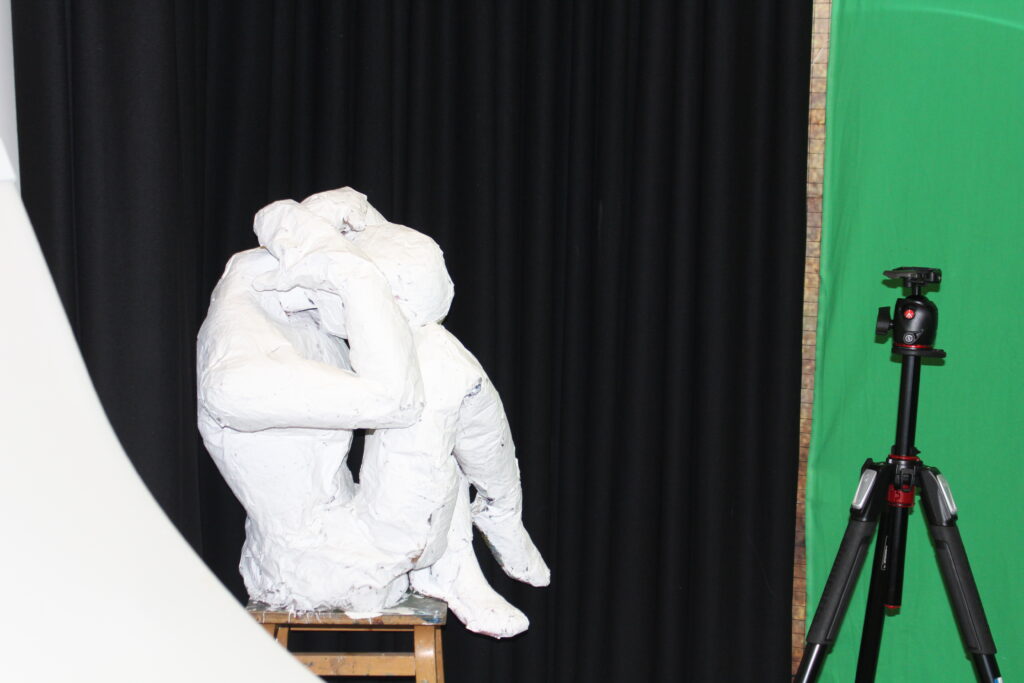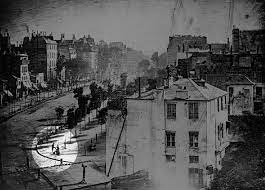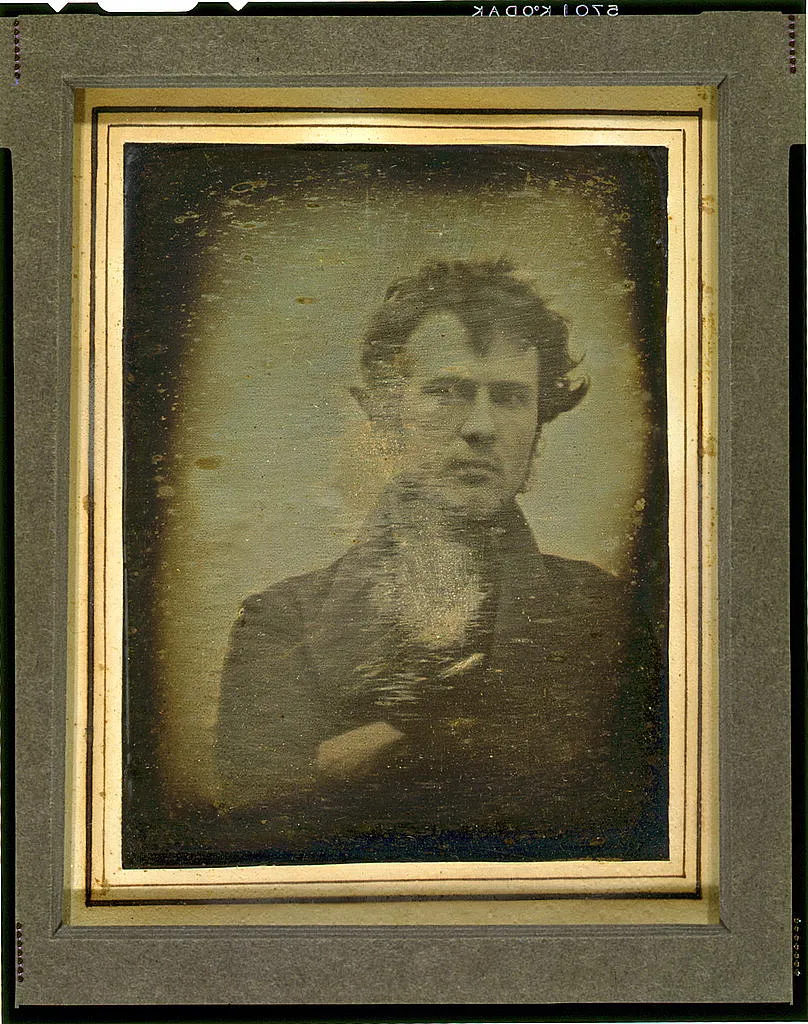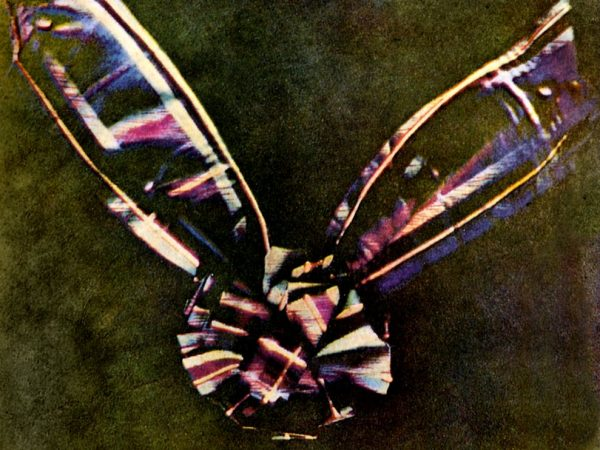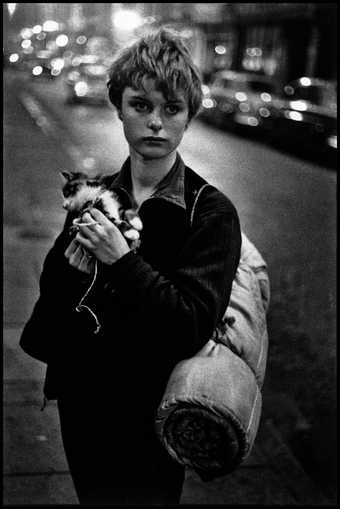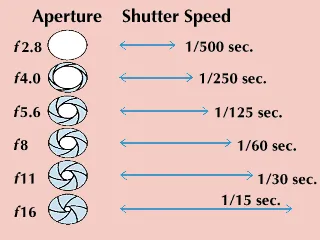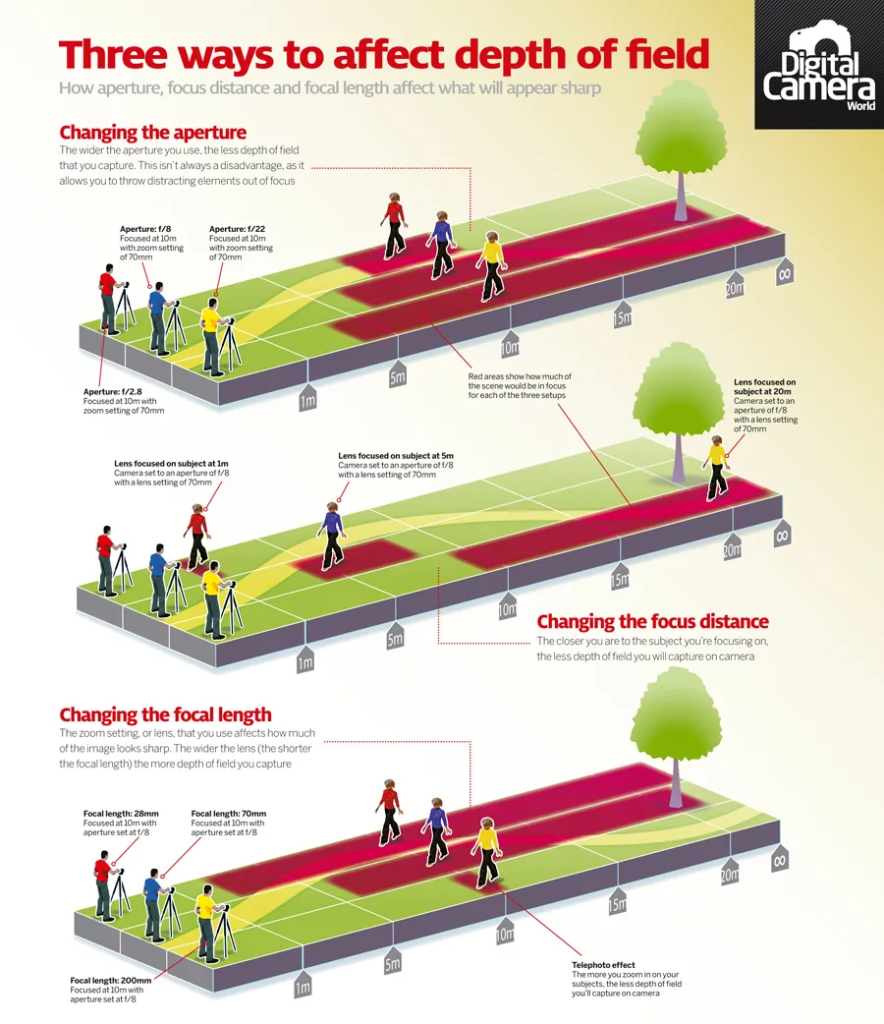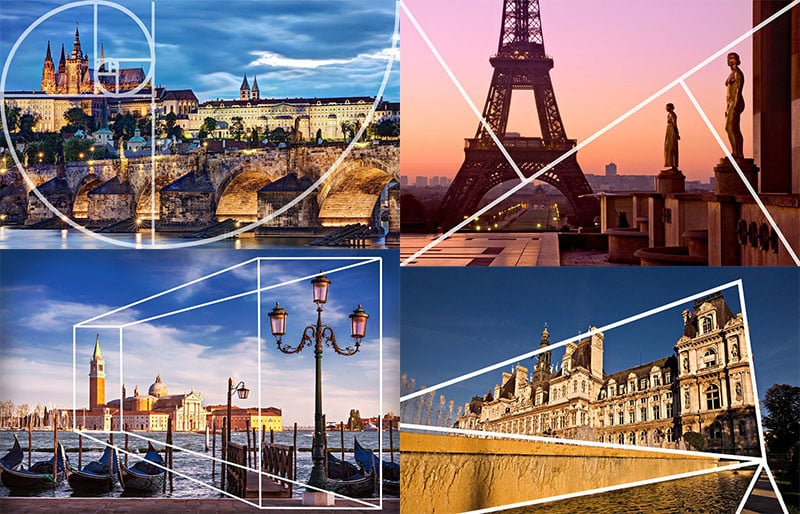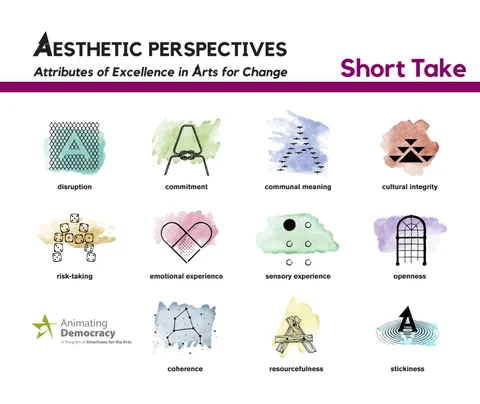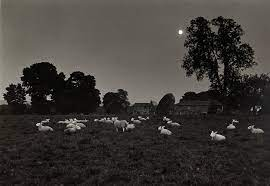Q1: What is the etymology (origin & history) of the word photography?
The word photography is derived from the Greek word “photos,” meaning light, and “graphos,” drawing. Modern photography traces its roots back to the camera obscura, a drawing aid artists and scientists used to record images as early as the eleventh century.
Q2: What year was the first photograph made in camera?
Hundreds of years of advancements in chemistry and optics led to the invention of the camera obscura, which enabled the first photograph to be taken. That photograph was taken in 1826 by French scientist Joseph Nicéphore Niépce, at his family’s country home, Le Gras.
Q3: When did the first photograph of a human appear?
Taken in 1838, Louis Daguerre’s photograph of a Paris street scene shows a man standing along the Boulevard du Temple getting his shoes shined. It is widely believed to be the earliest extant photograph of human figures.
Q4: Who made the first ‘selfie’
Robert Cornelius, an American photographer, took a daguerreotype of himself in 1839. Taken two years after the invention of the daguerreotype but just months after Daguerre shared his invention with the world, the image is thought to be both the first selfie and one of the first photographs of a person.
Q5: When did the first colour photograph appear?
The foundation of all practical colour processes, the three-color method was first suggested in an 1855 paper by Scottish physicist James Clerk Maxwell, with the first colour photograph produced by Thomas Sutton for a Maxwell lecture in 1861.
Q6: What do we mean by the word genre?
a style or category of art, music, or literature.
Q7: What do we mean by the genre of still-life?
An image that shows inanimate objects from the natural or man-made world.
Q8: What was the main purpose of the Pictorialist movement?
To affirm photography as an art form.
Q9: How do we describe the term documentary photography?
Documentary photography describes any photos that attempt to record the world as it is. From wide-angle photographs of war to close-up snapshots of people on the street, these images can inform an audience about the hidden corners of contemporary life and even become part of the historical record.
Q10: What is exposure in photography?
In photography, exposure is the amount of light per unit area reaching a frame of photographic film or the surface of an electronic image sensor. It is determined by shutter speed, lens F-number, and scene luminance. To capture bright light.
Q11: What controls exposure on your camera?
The three elements of camera exposure settings.
- Shutter speed — How fast the shutter opens and closes. Faster shutter speeds allow less light to reach the sensor but can reduce blur in your pictures.
- Aperture — How much light is allowed into the lens
- ISO — Your camera’s sensitivity to light.
Q12: What control on our camera records moving objects?
Shutter. The shutter is a curtain in front of the camera sensor that remains closed until you start shooting. Once you click the button to take a photo, the shutter opens and lets in light that passes through the lens, exposing the sensor to it.
Q13: How do we explain depth of field?
How much of your image is in focus. Depth of field is the portion of that distance or ‘depth’ that is ‘in-focus’. A higher depth of field would see the whole image from foreground to background sharp and in focus, a lower depth would result in blurry backgrounds and blurred elements in the foreground too.
Q14: What factors affect Depth of Field?
You can affect the depth of field by changing the following factors: aperture, the focal length and the distance from the subject.
Q15: What is composition in photography?
Composition in photography is the equivalent of the skeleton in the human body. It keeps everything together, supports the weights of various visual elements, and makes the frame look dynamic. The arrangement of visual elements within the frame.
Q16: What is your understanding of aesthetics in art?
Philosophical study of beauty and taste. Aesthetic qualities refer to the way and artwork looks and feels. This understanding can influence how students see beauty and the way they appreciate and understand art.
Q17: What are contextual studies in photography?
Simply put, meaning is derived from context, whilst context is the information that surrounds something (which in most cases here refers to a photograph). We form our understanding of a photograph not just from what is in it, but what we know about it. To provide historical, cultural and theoretical understanding of images.
Q18: How many images are captured on average every day worldwide?
4.7 billion.
Q19: Which portrait is the most reproduced in the world?
For it is John Hedgecoe who took what is now thought to be the most reproduced photo in history — the sideways portrait of The Queen that was used on Royal Mail postage stamps.

